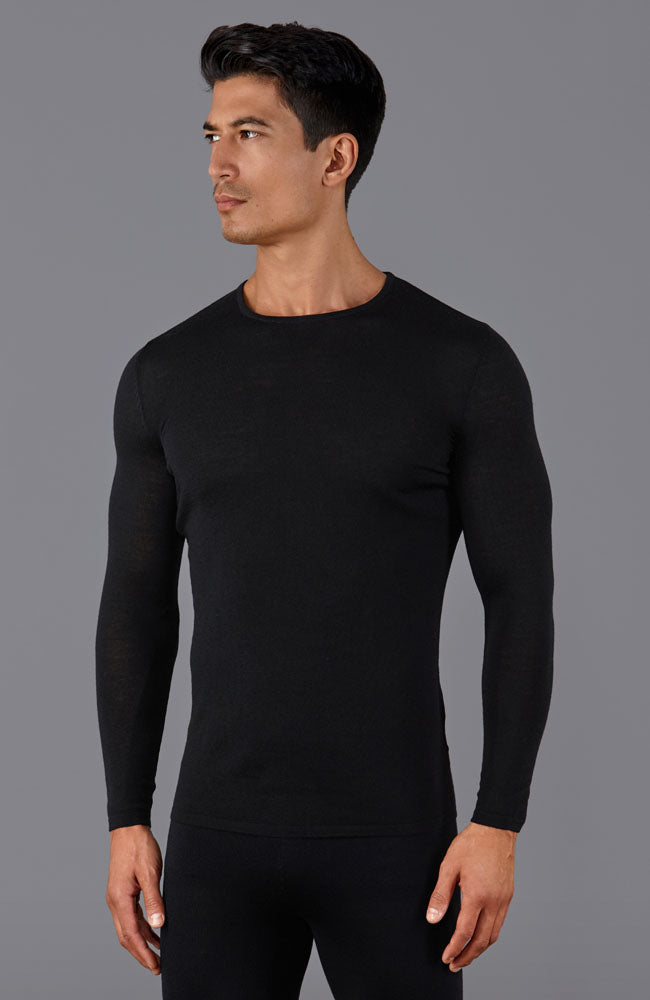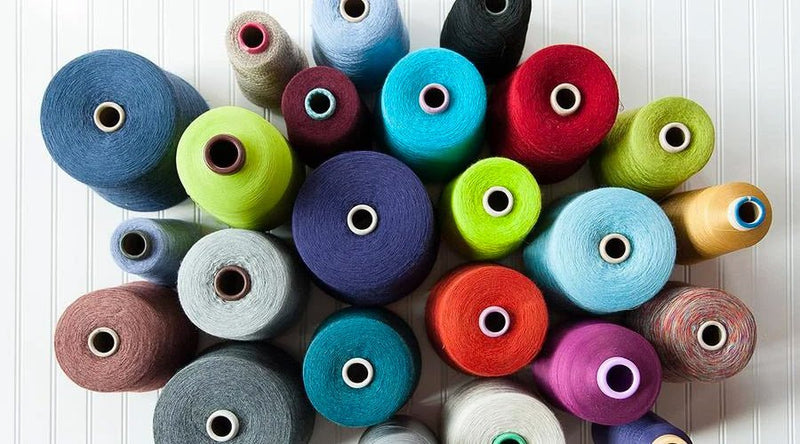Excellent Merino Wool Base Layers Info
Wiki Article
What Makes Yak Wool Base Layers Efficient For Winter Sportswear In Terms Of Warmth/Temperature Regulation, Moisture Management, The Durability And Comfort?
Base layers made from Yak merino is ideal for winter sportswear because of their combination of features that enhance the temperature control, warmth and ease of wearing.
Insulating Properties Merino and yak wool are naturally insulating. Yak's hollow fibers hold in air and offer great warmth. Merino wool, with its hollow fibers, is known for being a excellent insulation.
Controls body temperature - The fabric is breathable and helps to regulate body temperature by retaining heat during cold temperatures.
Moisture Management-
Merino Wool's Moisture Wicking Properties draw moisture from your skin and disperse, stopping sweat. Yakwool can also help transport moisture. This helps keep the wearer dry and comfortable while engaging in intense physical activity.
Comfort-
Softness- Merino fibers are renowned for their soft, fine fibres that are gentler on the skin. The addition of soft fibers from yak, also known as merino wool, improves the comfort.
Odor Resistant- Both kinds contain antimicrobial properties that limit the growth of the bacteria responsible for unpleasant odors. They also keep the clothing fresh.
Durability-
Strength and resilience- Yak is naturally robust, can be combined with merino to make a fabric that is strong and resistant. It's perfect for any activity.
Natural Fiber Benefits-
Renewable Fibers - Merino and Yak wool are biodegradable and renewable fibers, making them a green choice.
These wools possess the ability to be used in a variety of ways that allow the use of these wools in different weather conditions.
The combination of yak wool and merino maximizes the advantages of each and creates an excellent fabric for providing warmth, regulating temperatures, controlling moisture, offering comfort, and is also sturdy. Yak merino-based base layers are therefore ideal for winter sportswear since they cater to the needs of the outdoors and in cold temperatures. They also keep the wearer comfortable and dry. Take a look at the top more hints for merino wool base layer for blog examples including smartwool 150 base layer, merino wool undershirt, wool underlayer, best merino wool base layer, 400g merino wool base layer, base layer moisture wicking, patagonia merino wool base layer, ski underlayers, ski layers womens, cheap merino wool base layer and more.

What Are The Benefits Of Wearing Bamboo Clothing As Outdoor Clothing For Warmth, Comfort, And Sustainable?
Comfort, durability, and protection are all benefits of bamboo clothing for outdoor winter wear.
Softness - Bamboo fabric has a smooth and soft texture that's soft on the skin. Bamboo fabric is frequently compared in terms luxuriousness to cashmere and silk.
Bamboo fibers are moisture wicking, which means they draw moisture away from your skin to keep you comfortable and dry.
Thermal Regulation- Bamboo clothing has natural temperature-regulating properties, providing warmth in winter while remaining breathable to prevent overheating.
Sustainability-
Bamboo is a renewable resource. It grows rapidly without chemical fertilizers or pesticides. It is a material that regenerates quickly, making it a green choice.
Low Environmental Impact - Bamboo cultivation generally requires less water compared to conventional cotton farming. It doesn't reduce soil nutrients. Bamboo also absorbs more air and releases more carbon dioxide than other crops.
Protection for Outdoor Wear-
UV Protection- Bamboo fabric provides natural protection from harmful UV rays.
Bamboo contains an antimicrobial natural substance called "bambookun" which blocks the growth and spread of odor-causing bacteria. It helps keep clothing fresher, especially when you are outdoors.
Other Benefits -
Bamboo fibers can be durable and resistant to wear, which makes them ideal for outdoor wear.
Biodegradability - Bamboo clothing can be biodegradable, meaning it can break down on its own at the end of their life cycle. This minimizes the environmental impact.
The use of bamboo fabric in winter outdoor clothing provides a blend of comfort as well as thermal regulation (regulating body temperature) in addition to moisture management and sustainability. This makes it a popular choice for eco-friendly clothing. See the best bamboo clothings for blog advice including long sleeve bamboo t shirt, bamboo pants for women, bamboo boxer shorts for men, rayon from bamboo fabric, bamboo fiber t shirt, bamboo chafing shorts, bamboo mens shirts, cheapest bamboo pajamas, freefly hoodie, bamboo ladies clothing and more.

What Are The Differences Between Merino, Bamboo And Wool Clothing In Terms Of Texture, Warmth And Absorbing?
The most crucial aspect to take into account when comparing merino clothing with traditional bamboo clothing and wool.
Merino Wool Merino Wool's fine and soft fibers makes it more supple and more smooth than wool that is traditional. It is often regarded as more comfortable against the skin.
Bamboo Clothing Bamboo fabric is soft and silky. It's often compared with high-end materials like cashmere or silk. Its soft and delicate texture makes it comfortable.
Traditional Wool - Traditional wool is available in various textures. Some are more coarse than others, causing itching, discomfort, or irritation when compared with clothing made of Merino.
Warmth-
Merino Fiber Merino fibre is known for its outstanding insulation properties. It holds warmth even in damp conditions and offers effective insulation during colder weather.
Bamboo Clothing offers warmth but may not have the same amount of insulation like Merino wool. It's a fantastic temperature regulator, which makes it comfortable in any weather.
Traditional Wool- Similar to wool from merino sheep, wool traditional provides warmth and insulation. It is, however, often more heavy, or bulkier than bamboo or merino clothing.
Moisture Absorption-
Merino Wool Merino Wool's moisture-wicking ability allows moisture to escape the skin. It remains warm even when damp.
Bamboo Clothing - Bamboo fabric will help wick away moisture making it comfortable for physical activity. Bamboo clothing regulates moisture and helps keep wearers dry.
Traditional Wool- Although wool can absorb water, it does not have the same moisture-wicking characteristics like bamboo or merino. Wool can be damp and heavy in wet conditions.
In short, merino wool is known for its softness, warmth and efficient moisture-wicking properties. Bamboo clothing offers a silky smooth texture with sufficient warmth and moisture control. The texture of wool is varied and used to provide warmth as well as moisture absorption, and an incredibly soft feeling. But it may also appear coarser and heavier in comparison with merino clothing or bamboo clothing. Each fabric has distinct properties, catering to different preferences and requirements in clothing. Take a look at the top merino wool base layer url for blog advice including men's wool leggings, smartwool long sleeve shirt, merino long underwear, wool undershirts, terramar merino woolskins, merino wool ski base layer, smartwool 250 base layer women's, merino wool underlayer, warmest base layer for skiing, wool undershirts and more.
